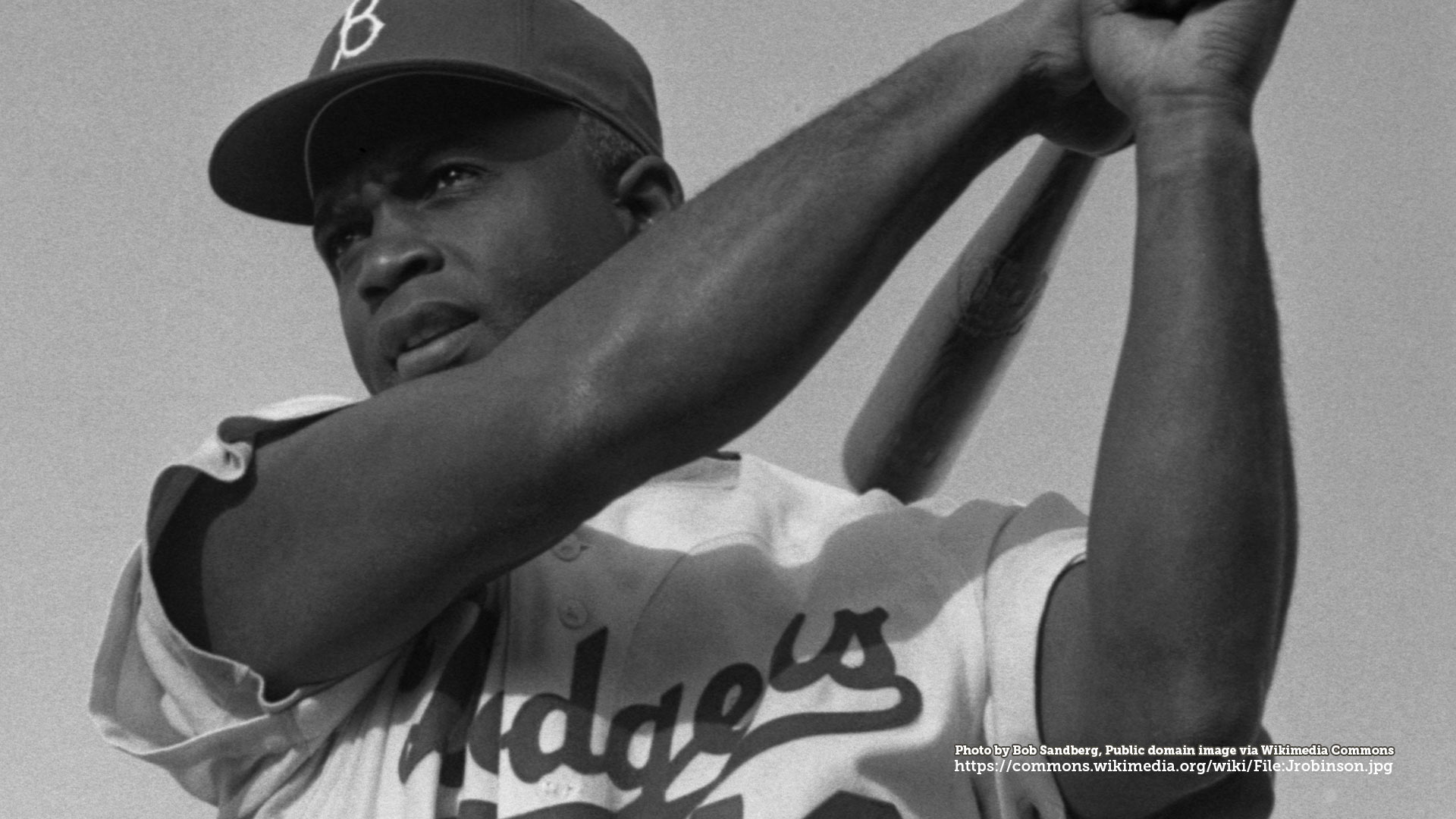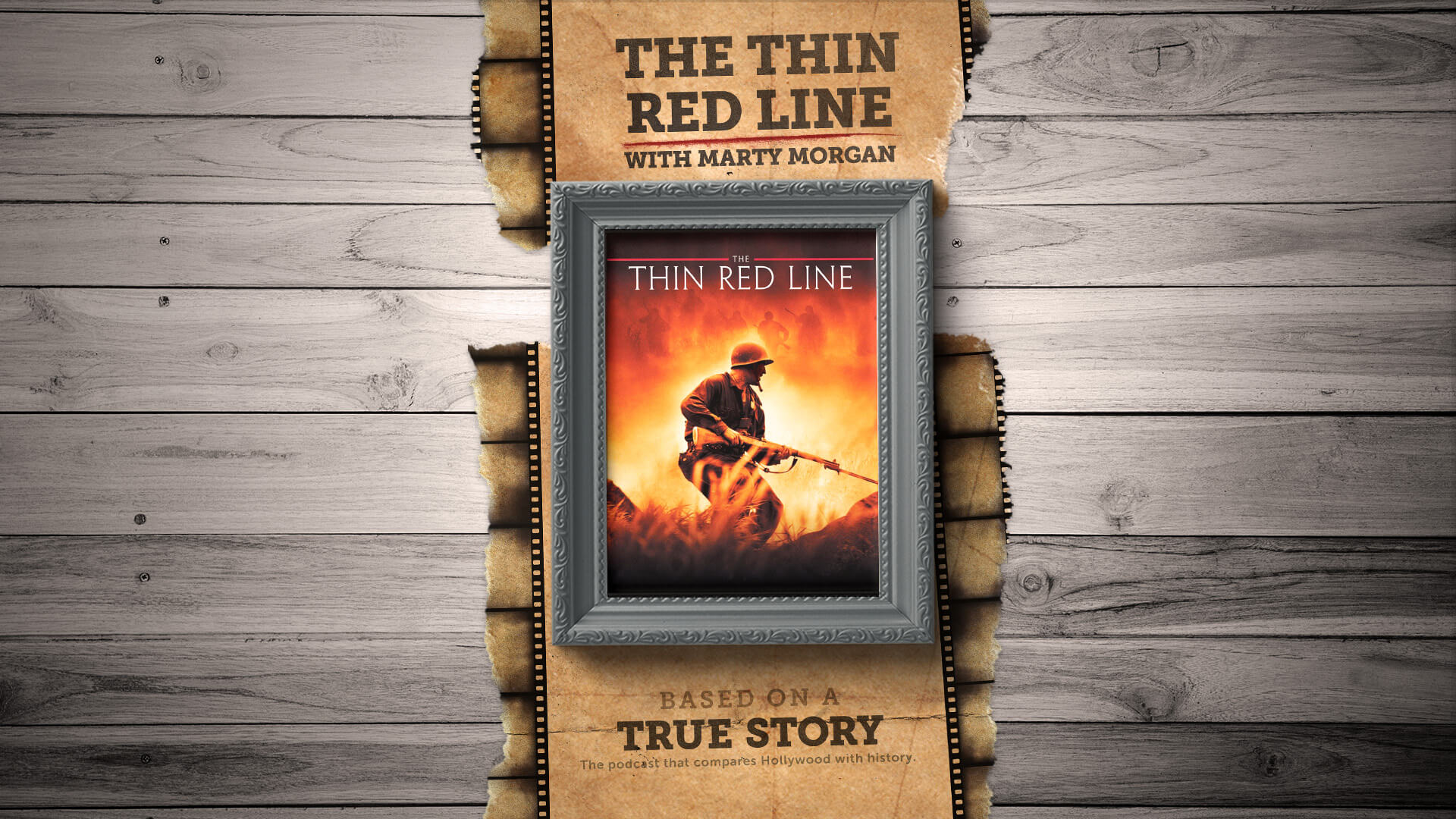BOATS THIS WEEK (SEPT 2-8, 2024) — On this day almost two thousand years ago, the Battle of Actium decided power in Rome. Not coincidentally, we’ll learn about that today from a TV show called Rome. The second event from this week in history according to the movies comes from the 1993 film called Geronimo: An American Legend, because Wednesday this week marks the 138th anniversary of that event. For our third event, we’ll learn about one of Jesse James’ infamous holdups from September 7th, 1876 as it’s shown in the movie The Great Northfield Minnesota Raid.
Until next time, here’s where you can continue the story.
Events from This Week in History
- Monday: Rome
- Wednesday: Geronimo: An American Legend
- Saturday: The Great Northfield Minnesota Raid
Birthdays from This Week in History
- Tuesday: James “Whitey” Bulger in Black Mass
- Thursday: Jesse James in The Assassination of Jesse James by the Coward Robert Ford | BOATS #166
- Friday: Marquis de Lafayette in Turn: Washington’s Spies | BOATS #139
- Saturday: Queen Elizabeth I in Elizabeth and Elizabeth: The Golden Age | BOATS #106 (Elizabeth) | BOATS #112 (Elizabeth: The Golden Age)
Historical Movies Releasing This Week
- Friday: 1992
Mentioned in this episode
Did you enjoy this episode? Help support the next one!
Disclaimer: Dan LeFebvre and/or Based on a True Story may earn commissions from qualifying purchases through our links on this page.
Transcript
Note: This transcript is automatically generated. Expect errors. Reference use only.
September 2nd, 31 BCE. Mediterranean Sea.
Our first event comes from the HBO miniseries about ancient Rome that is simply called Rome, and to find the event from this week in history we’ll have to skip to the start of the very end—almost of the whole series. In other words, the very beginning of episode 10 in season two, which is the series finale.
You’ll know you’re at the right spot when there’s no land as far as the eye can see. There’s only water. In the foreground, a single rowboat is floating on the choppy waters. I counted ten people inside, although the camera is too far away to see any faces. The focus of the scene, though, is in the distance on the horizon.
That’s where we can see scores of ships, some closer, some further away—and almost all of them are ablaze. Huge plumes of smoke are rising into the sky, casting almost an orange glow above the waters. A ball of flame shoots through the smoke and explodes on one of the ships.
The camera then cuts to the rowboat, where we can see James Purefoy’s version of Mark Antony looking down at the water with a defeated look on his face.
The true story behind this week’s event depicted in the TV series Rome
That was a very quick scene, because the series goes on to wrap up the storyline in the aftermath of the battle in the final episode of the series, but the event it’s showing there is the Battle of Actium.
The show is correct to show Mark Antony looking rather defeated because he was on the losing end of what would be a decisive victory for Octavian.
Octavian and Mark Antony had been at odds with each other…well, pretty much since the assassination of Julius Caesar in 44 BCE. We learned more about that back in episode #308 during the Ides of March. For a while after that, Octavian and Antony were allied as they tracked down Caesar’s assassins along with some other well-known historical figures such as Cleopatra.
Once they took care of the assassins, the rivalry between Octavian and Antony grew into a resentment that culminated in the Battle of Actium. Antony and Cleopatra had about 500 ships and 70,000 infantry while Octavian had 400 ships and 80,000 infantry. Despite large numbers of troops, the battle took place in the sea. After some intense fighting, Cleopatra fled with her Egyptian ships and Antony broke off the attack to follow her. The rest of Antony’s ships surrendered to Octavian. About a week later, Antony’s troops on land surrendered as well.
It was a decisive win for Octavian, who would later be known as Caesar Augustus, and cement him as the undisputed master of the Roman world.
If you want to watch the brief segment we talked about today, check out the HBO miniseries called Rome and we see the ships and Antony’s defeat happening at the beginning of the final episode in the whole series.
September 4th, 1886. Skeleton Canyon, Arizona.
Our next historical event comes from Geronimo: An American Legend, and we’ll have to fast forward to about an hour and 40 minutes into the movie to reveal a beautiful landscape of a desert canyon. Not a single person can be seen, but it doesn’t take long for Matt Damon’s voiceover to tell us the date of September 4th, 1886, as well as the significance of the date.
Damon’s character in the movie, 2nd Lt. Britton Davis, says that’s the date that Geronimo and 34 Chiricahua men, women, and children surrendered to General Nelson Miles.
The scene in the movie changes to Kevin Tighe’s character, Brigadier General Nelson A. Miles, riding a horse in front of those men, women, and children walking by foot along the canyon.
We can see some other U.S. soldiers in uniform riding horses in the background, too, but the camera’s focus is on Miles.
The voiceover continues, saying that as Geronimo handed over his weapons, he simply said, “Once I moved about like the wind. Now I surrender, and that is all.”
One of the soldiers there is 2nd Lt. Davis—a very young Matt Damon.
The camera cuts to another scene of this whole column of men, women, and children walking by foot alongside the soldiers on horseback.
The true story behind this week’s event depicted in the movie Geronimo: An American Legend
Another quick segment as far as the movie is concerned, but the movie is correct to give us the date of September 4th, 1886, as being when Geronimo surrendered for the final time—he had actually surrendered multiple times before, but life on a reservation wasn’t kind to those who were used to a nomadic lifestyle like the Apache people were.
That quote is something often attributed to Geronimo, too:
“Once I moved about like the wind. Now I surrender to you and that is all.”
What’s tricky about verifying the quote, or really many things about the nature of Geronimo’s actual surrender is that his story of what happened and the story of what happened from the U.S. soldiers who accepted his surrender are different.
According to the U.S. Army’s account, Geronimo’s surrender was unconditional. Not so, according to Geronimo’s own memoirs. He insisted to his dying day that he and his people had been misled and the surrender was conditional.
Maybe that’s why the movie doesn’t show the actual surrender itself but describe it through voiceover.
But, the movie was also correct to mention Geronimo’s weapons in that voiceover. He had three weapons on him at the time of surrender: A Winchester rifle, a Colt pistol, and a Bowie knife.
Today, the rifle is on display at the U.S. Military Academy in West Point, New York, while the pistol and knife are at a museum in Fort Sill, Oklahoma—where Geronimo died in 1909, decades after his surrender.
If you want to watch the scene from the movie we talked about this week, you’ll find where it’s currently streaming in the show notes.
September 7th, 1876. Northfield, Minnesota.
For our third event this week, we’ll go to the heist movie from 1972 called The Great Northfield, Minnesota Raid. About an hour and two minutes into the movie, we can see a water trough in the foreground of the shot is filled almost to the top. There’s a carriage just on the other side of it, and in the background, we can see buildings along the road.
Picture if you will: A typical Western town from a 1970s movie—and this is basically what that looks like.
Except when I think of towns in Western movies, I think of a dirt road being all dusty in the heat of the sun. This one is muddy because it’s raining out. Someone carrying an umbrella races along the road as they try to keep from getting wet.
A couple women rush along the sidewalk, too, seemingly trying to stay dry. Not everyone cares about the rain, though, as we can see a man on a horse meandering slowly along the road. The camera focuses in on him as he continues along the road and now we can start to see some of the signs for buildings along the way.
The signs for the stores are very self-explanatory: That one just says “Furniture” and next to it is “Manning’s Stoves & Hardware.”
There’s not much of a surprise about what you’ll be able to get there.
The camera shifts focus now and instead of following the lone rider on the horse, it cuts to three men on horses coming the other direction. Oh, there’s more than three—there’s another guy who seems to be a part of the same crew.
It looks like it’s raining harder now, too, as the camera angle changes. The four men get off their horses and as they’re moving, we can see at least one of them has a rifle. They walk up to the sidewalk, looking around as if they’re seeing who is noticing them arrive. No one else seems to notice…or, at least, if they do it’s not apparent from the movie.
Inside one of the buildings, there’s a man writing something down. There’s a noise behind him, and he turns around just in time to get hit over the head with a shovel. He slumps over, unconscious. The window blinds are closed so no one from the outside can see what’s about to happen inside.
The other guys in the crew who were still outside in the rain calmly walk inside, and we can see there’s a sign on the outside that says this is a bank. More violence ensues as the men force the workers inside to, as one of the men says, “make a withdrawal.”
Except…I don’t think this is a legitimate withdrawal since it’s happening at gunpoint.
The true story behind this week’s event depicted in the movie The Great Northfield, Minnesota Raid
Time for the fact-check!
What we just saw in the movie…or, rather, what I just described to you as I’m watching the movie, is an event from this week in history when the James-Younger Gang participated in what many have called one of their most infamous holdups.
As the name of the movie says straight up, this raid really did happen in the town of Northfield, Minnesota. Well, the movie calls it a raid. It was a bank robbery. For a bit of geographical context, Northfield, Minnesota is about 36 miles, or 58 kilometers, to the south of Minneapolis.
And the First National Bank of Northfield had about $15,000 in its safe at the time. In 1876, that’s about the same as $423,000 today.
And while the segment of the movie we just heard described doesn’t give any indication about who is who, in the true story, one of the reasons why the robbery at the Northfield bank has gone down in history is because it was the beginning of the end for the notorious outlaw Jesse James.
The James-Younger Gang got their name from two sets of brothers: Frank and Jesse James as well as Cole and Bob Younger. They weren’t the only ones in the gang, of course, but they were the leaders and generally considered the most notorious of the outlaws.
Around 2 o’clock in the afternoon on September 7th, 1876, the James-Younger gang rode into Northfield, Minnesota with a plan to rob the bank. I couldn’t find anything to suggest it was raining like we see in the movie, but the weather didn’t really matter for the plans.
Three members of the gang took up position down the street near a bridge as lookouts. Two more stayed outside the bank. Frank James, Bob Younger, and another of the gang, Charlie Pitts, were the members of the gang to enter the bank. While it didn’t necessarily happen exactly like we see in the movie with the shovel knocking one of the men unconscious, the robbers did demand the bank employees open the safe.
One thing the movie got wrong was how the town was alerted to the bank being robbed. We didn’t talk about this in the scene of the film we covered, but a little bit later there’s someone outside the bank who gets shot by someone in the gang. That is what makes everyone get alerted to what’s going on.
In the true story, it should have been included in the segment we talked about earlier because there was someone leaving the bank right as some of the gang went in to rob it. That person, a man named J.S. Allen, recognized the bank was being robbed almost immediately. He didn’t know who the robbers were, but he knew what was happening and he called out for help. Some townspeople nearby heard the call for help and grabbed their guns to investigate the bank.
The robbers outside the bank guarding the door didn’t help with the curiosity of the armed townspeople investigating.
A shootout started.
In the chaos, two of the James-Younger Gang were killed and left behind as they fled with only about $26.70 instead of the $15,000 in the safe.
A militia was formed to find the gang that had just tried to rob the bank. When they caught up to them, Charlie Pitts was killed by the militia in a shootout that saw the Younger Brothers captured. The only ones to get away from the attempted robbery at the Northfield bank was Jesse and Frank James, who had split off from the rest of the gang to flee back home to Missouri.
If you want to watch the event that happened this week in history as it’s depicted on screen, check out the 1972 film called The Great Northfield Minnesota Raid.
The gang rides into town to start the bank robbery sequence at about an hour and two minutes into the film.
And while we don’t have an episode covering that movie, if you want to learn more about the true story I’ll include a link in the show notes for this episode to a fantastic article from the Minnesota Digital Library that includes photographs of the places and people involved.
Share this:
- Click to share on X (Opens in new window) X
- Click to share on Facebook (Opens in new window) Facebook
- Click to share on Reddit (Opens in new window) Reddit
- Click to share on Pocket (Opens in new window) Pocket
- Click to share on LinkedIn (Opens in new window) LinkedIn
- Click to share on WhatsApp (Opens in new window) WhatsApp
- Click to share on Telegram (Opens in new window) Telegram
- Click to email a link to a friend (Opens in new window) Email
- Click to print (Opens in new window) Print



